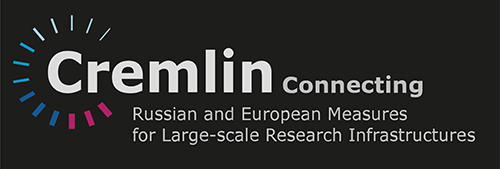Speaker
Description
The European Spallation Source (ESS), a next generation neutron spallation source, is presently under construction in Lund, Sweden. The first 15 instruments have been selected from conceptual proposals submitted by groups from around Europe. These instruments present numerous challenges for detector technology in the post Helium-3 crisis era, which is the default choice for neutron detectors for instruments built until today and due to the extreme instantaneous rates expected across the ESS instrument suite. Additionally a new generation of source requires a new generation of detector technologies to fully exploit the opportunities that this source provides.
During 2016, all the instruments have had the initial scope of the instrument determined within the construction phase of ESS. The current baseline detector requirements is presented. A strategy outline as to how these requirements are being tackled by is shown, as well as ongoing developments. A particular feature of the instruments is a dramatic increase in channel count.
In particular for ESS, over half of the detectors will be based upon thin film converters of 10Boron Carbide. The highlights of the developments so far over the past 6 years are shown. In particular, examples of how these have been tested to determine that scientific requirements are met are shown, based upon demonstrating key aspects of scientific performance. Additionally for the first time, simulation of detailed detector and instrumental performance has been used to refine and determine the detector design. The state of the art of these simulation techniques is shown as well as future prospects.
Many of the lessons and experiences during these development since 2010 are relevant to future detectors

